Default: Out-of-The-Box
As we test audio, we have e.g. in the basic article "Gaming Headsets: Myth, Truth and How We Test" already explained in great detail and transparently, because with the usual audio chatter of bass thunderstorms and tweeters you can't really get any further. You have to be able to listen subjectively well and measure at the same time. Let us start with the latter.
The bass increase of approx. 16 dB at 100 Hz produces a fat upper bass and even the 40 Hz mark is still fully in the program, but the subwoofer is simply too present and kills everything above 200 Hz, which is not at three on the tree. The range from the lower mids to the super high tone is almost linearly tuned, but goes completely under. Here, manual invading needs to be improved.
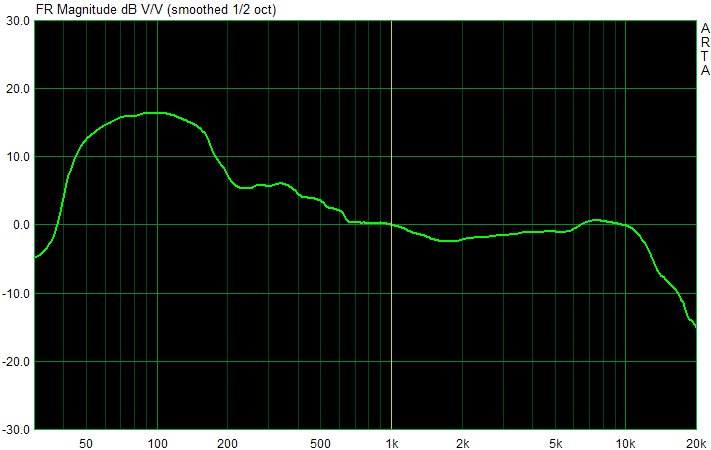
If you change the boudering bass-mat as shown at the equalizer, then the subwoofer steps back into the limb and gives itself much more chastening. Even if the system is aimed directly at gamers, if you don't hear the shot in a lot of rumbling, no one can win. And we could certainly have called our blind test deaf test.
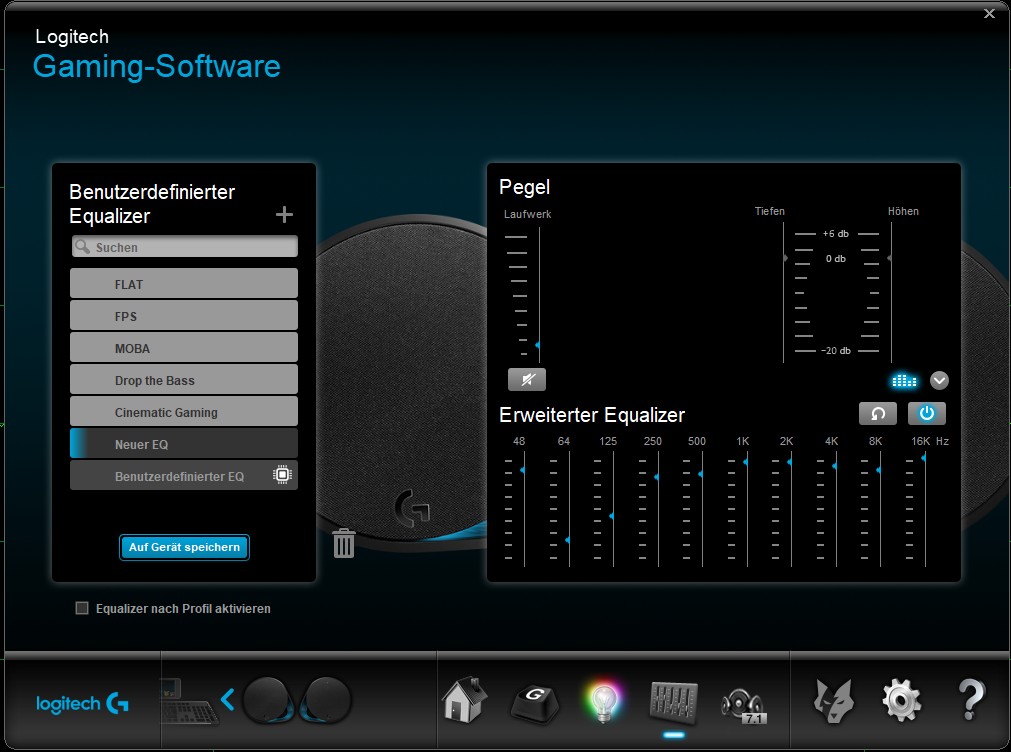
The result after the intervention on the equalizer can be seen and above all can be heard. So let's see what our subjective hearing test brings!
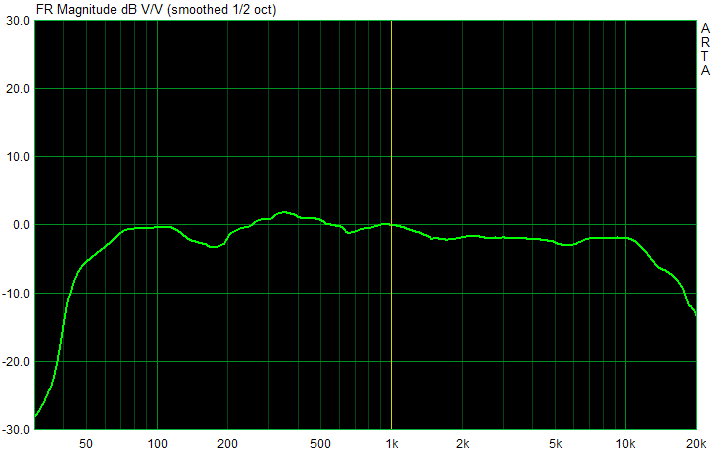
Subjective listening experience – Original against optimization
Now let's also test subjectively what you get to your ear. We had the G560 played three nights before to give the one-game fanatics a chance. However, we could not find a subjectively justifiable difference. That's in advance.
Bass
Test the lowest bass in the subcontraoctave (16.4 Hz to 32.7 Hz) with a recording of Bach's Toccata and Fugue in D minor (19 and 25 Hz) and the Festival Overture 1812 by Tchaikovsky (10 Hz and 12.5 Hz). The same applies to the lower ranges of the contraoctothe (32.7 to 65.4 Hz). The big bass drum (kick drum), which in the U-music is a welcome companion and usually on approx. 55 to 60 Hz, this assessment will then be rounded off.
Without correction, the bass is actually an imposition. The rumbling is uncoordinated and the upper bass is far too present. Overall, the bass is far too fat, but without showing real depth.
After the correction, the ratio is much more balanced and the subwoofer now plays much more precisely. The sound is relatively dry, but has no real depth. The total vote, including that of the resonator, is far too high.
The level strength in games is good after correction, previously it was acceptable. However, the settling behavior is only satisfying and overall it can be said that the bass is loud, but not the nonplusultra.
The upper bass up to 150 Hz, in which also the Great Octave (65.4 to 130.8 Hz) is located, houses the basic language frequency of the male voice and decides very strongly on the true-to-life reproduction of male vocals.
Before the correction, the upper bass is just as fat as the bass itself, which completely disfigures mainly male vowel. This then suddenly falls to the upper limit at the level into the felt bottomless and the whole sound is almost as pappig as in Aunt Helga's party cellar.
After the correction, the upper bass is exactly where it should go and also the hole in the transition between subwoofer and satellite is tolerable. Especially for gaming, it is important that uncoordinated bollards do not push away broadband details (shots, steps, motors). The orientation suffers enormously, music anyway.
Frequency range
The lower middles (also basic tone range) are approx. 150 to 400 Hz. Together with the already mentioned upper bass, this area plays a very important role for the subjectively perceived heat or bass. Fullness of the sound. The basic language frequency of female voices can be found in this area.
Female vocals also come to the point well and relatively warm. The timbre of the recorded instruments is also rather warm over this entire area. The resolution, on the other hand, is only mediocre, a pity. In gaming, however, this minor shortcoming does not matter. However, the midrange range can only score acoustically with the listener if the bass has been manually trimmed back to a normal level.
The upper mids between 400 Hz and about two KHz contain a mark at a KHz, which is still considered a reference for many measurements. Unfortunately, this is often noticeable with cheaper devices, as manufacturers often try to overemphasize this frequency. This area does not play an insignificant role in gaming either, and balanced playback contributes significantly to good spatial resolution.
The in-game sound is good, with music almost all instruments offer the required nuances and also the resolution is still reasonably good. However, the stage is relatively narrow compared to good speakers. The location is therefore acceptable, but not really precise. The system can also play music, but it is better to play with it, because the whole tuning is more in the direction of the shooter. Nuanced stories, however, are counteracted by the bass, as long as you don't manually correct them.
High-pitched range
Between two and about 3.5 KHz, human hearing is most sensitive, especially since this area of the lower heights is responsible for the good overtone reproduction of the human voice. This frequency range is crucial for the recognition of a voice or instrument; in this context, one also speaks of the respective timbre.
We would have liked to have been a little more concise and precise. The voice reproduction fits in this way, but is a bit musty and dull upwards. Here, too, the opening note is that everything fits so far when the bass does not play everything against the wall. It sounds reasonably natural and relatively neutral with correction. Especially the location in the game is important and that's where we are a bit divided.
The middle heights (3.5 to six KHz) decide on the sound or failure of the speech reproduction as a whole, because the S- and hissing (Sibilants) fall into this range. The upper heights then reach up to approx. ten KHz to move into the super high tone.
The heavy waste from approx. 12 KHz from the measuring curve is audible – if you listen consciously. But when it comes to gaming, you're more likely to not notice it. Some Sibilants come almost too restrained to the ear, but at least nothing hisses. It also does not become metallic, which knows to please. Only the super high tone weakens in brilliance, but this is due to the characteristics of the drivers.
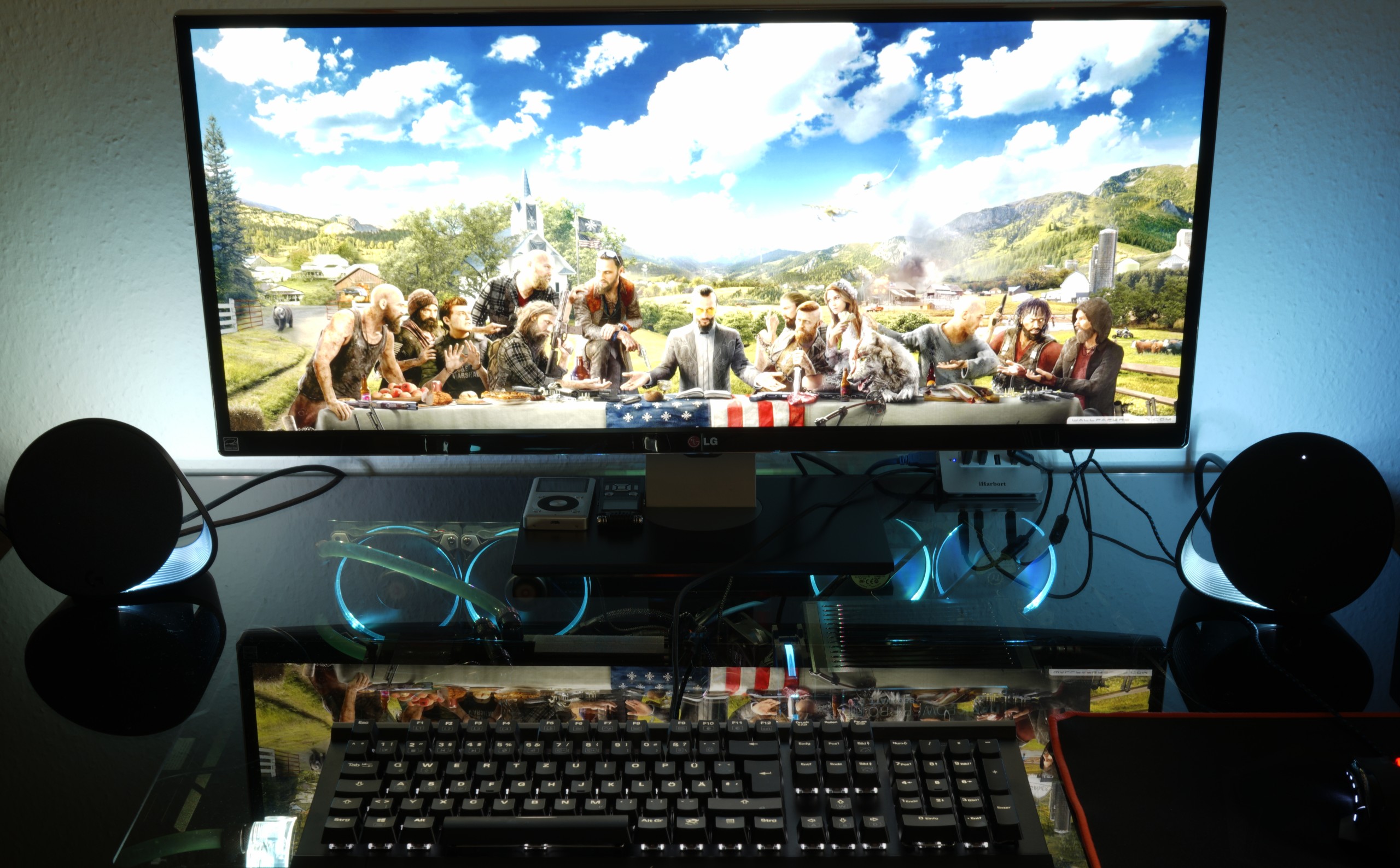
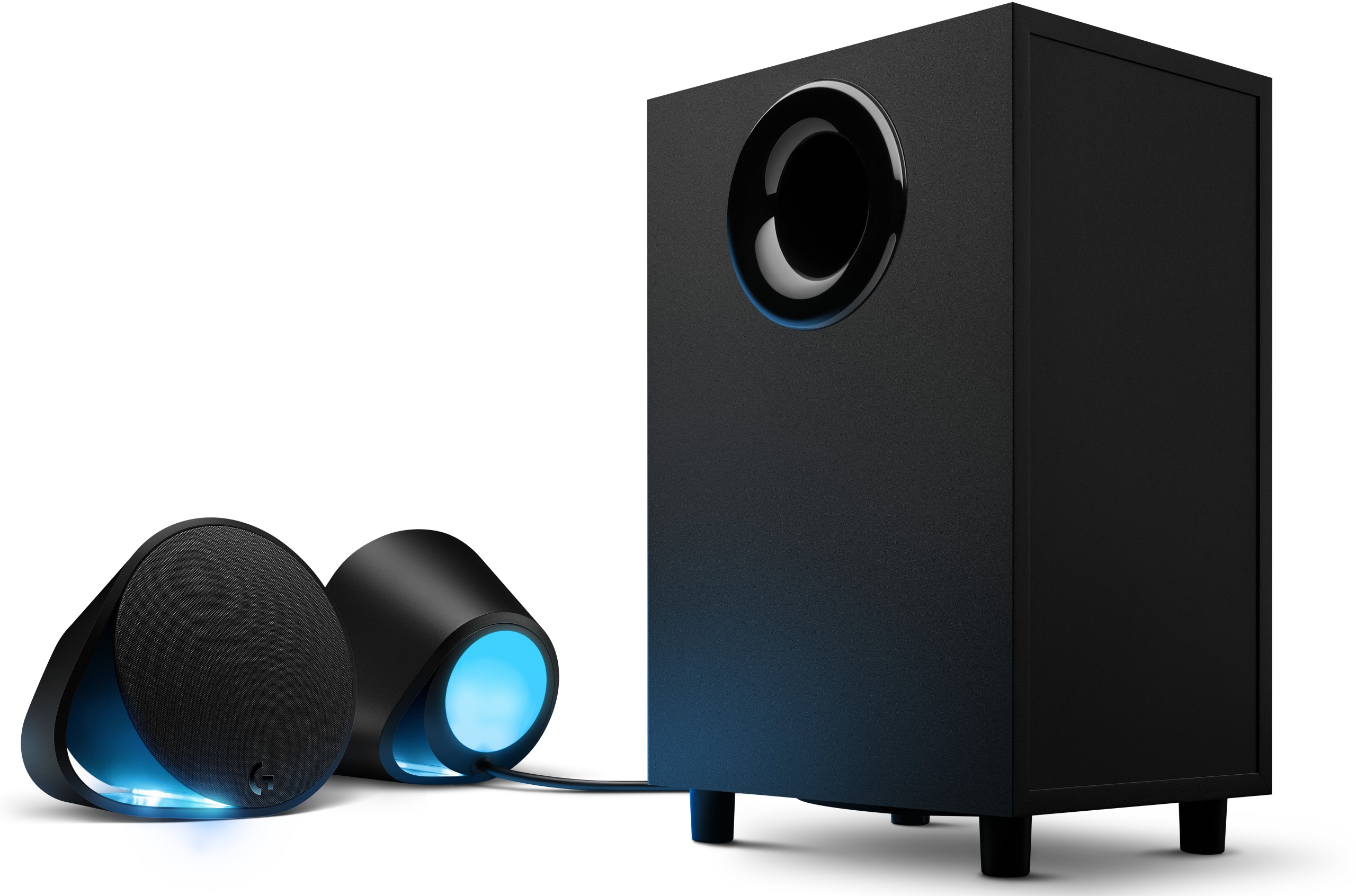
Summary and conclusion
Without Lightsync and the gimmicks with RGB lighting, we would see the system in the 150-euro class at most, with the trend downwards. In any case, you have to be fair to your competitors. But what is and remains a unique selling point, namely the Ambilight-like wall lighting, can well compensate for the surcharge of 100 euros if you really stand on something like this.
So if you don't just like to shine over your own face, but also like to treat this to the wall on the monitor to match the monitor contents, you are welcome to access despite all the acoustic weaknesses. Self-construction solutions are difficult and hardly cheaper to implement.
If you see all this in context and if you are not exactly audiophile, you can even have a lot of fun with this system. Assuming you find the software qualifier and rein in the very pretentious subwoofer. Otherwise, the bulwark will become a bulwark. And no one can need that, in turn.
| Technical data at a glance | |
|---|---|
| Type: | 2.1 Sound System |
| Shielding: | no indication |
| Output: | 120 Watt RMS (subwoofer 60 watts, satellite 2x 30 watts) |
| Amplifier type: | 3-channel digital amplifier, separated for subwoofers and satellites |
| Frequency range: | 40 to 18,000 Hz (manufacturer) 35 to 12,500 Hz +/- 3 dB (measurement) |
| Dimensions (HxWxD): | Subwoofer: 404 mm x 255 mm x 207 mm Satellites: 148 mm x 166 mm x 118 mm |
| Material: | Subwoofer: 12mm MDF, coated Satellites: Plastic |
| Driver: | Wide-range chassis Woofer (Downfire), bass reflex |
| Inputs: | USB, Bluetooth 4.1 1x 3.5 mm jack |
| Outputs: | No |
| Accessories: | None |
| Power consumption (measurement): |
Standby:< 0,5 Watt Idle: 2.8 watts (RGB off) Average: 45.2 watts Maximum: 121.2 watts |
| Protective circuits: | no indication |
| Voltage: | 110-240 volts, 50/60 Hz |
| Price: | 249 Euro (RRP) |
































Kommentieren